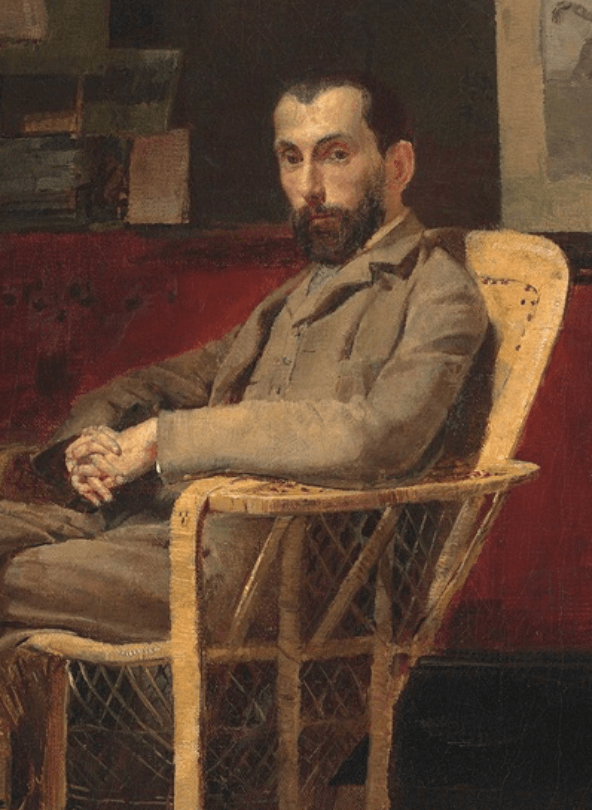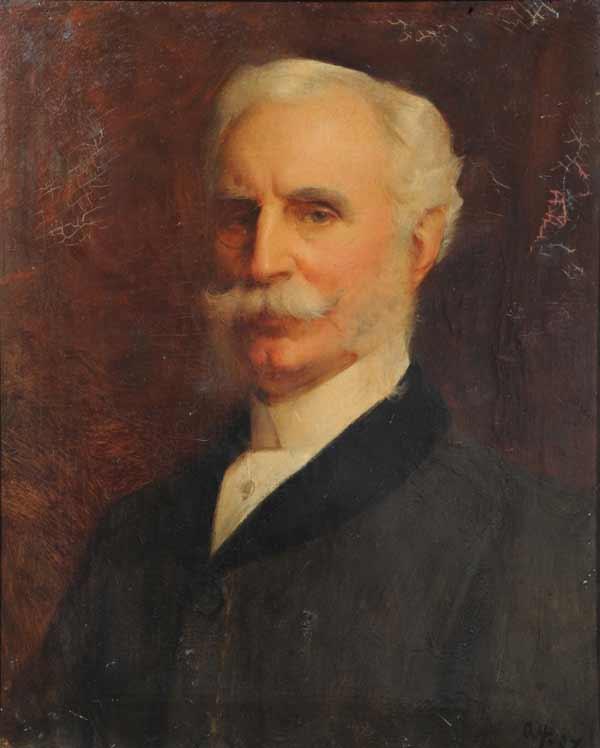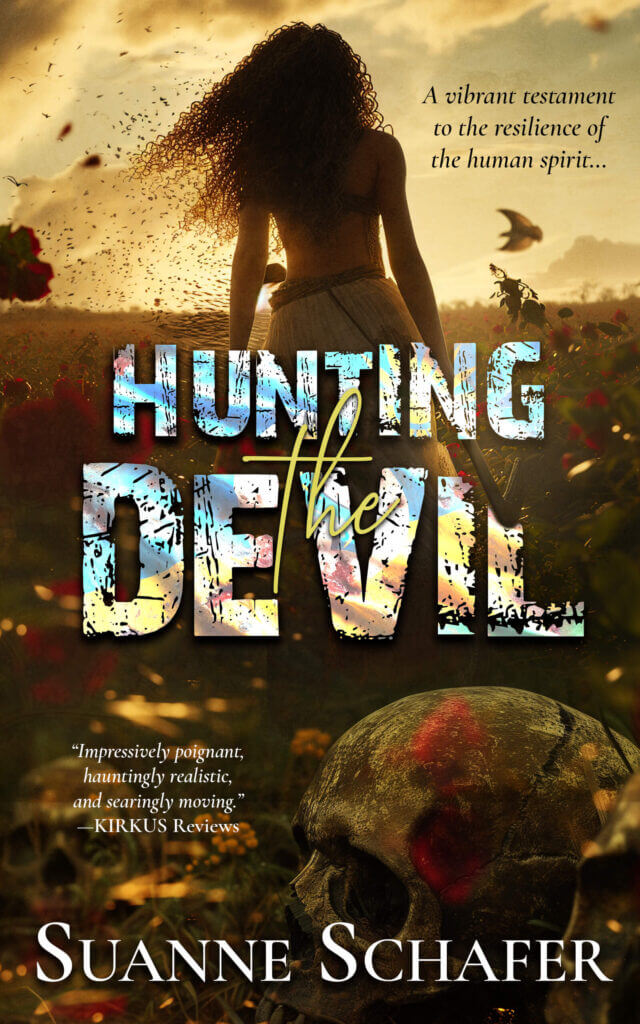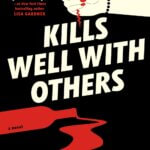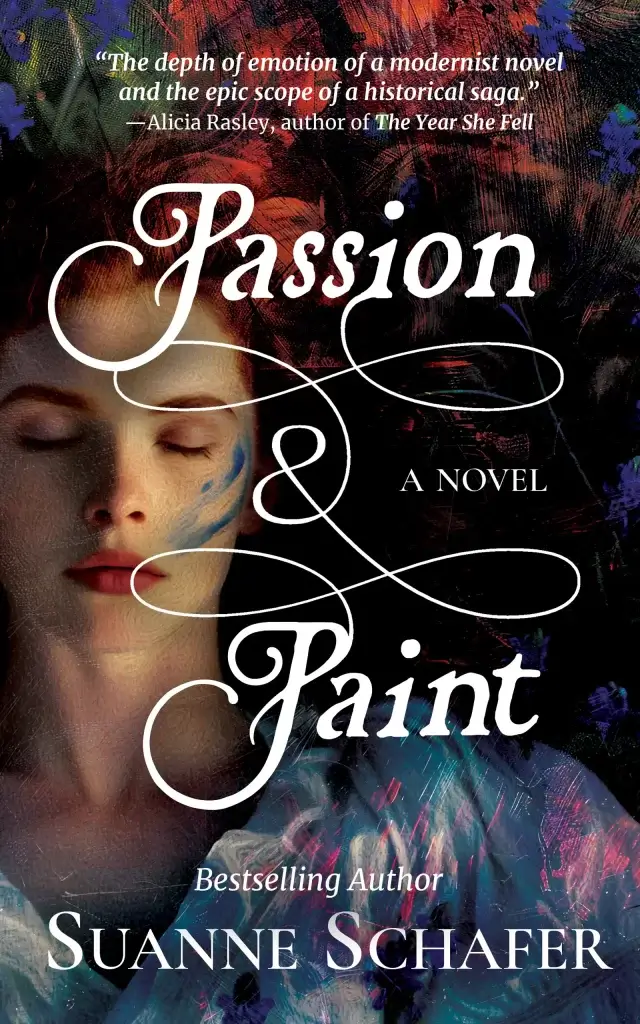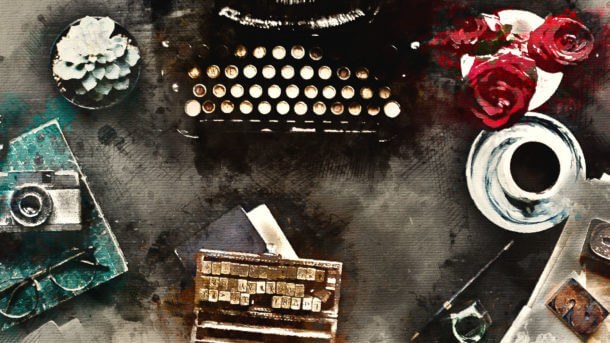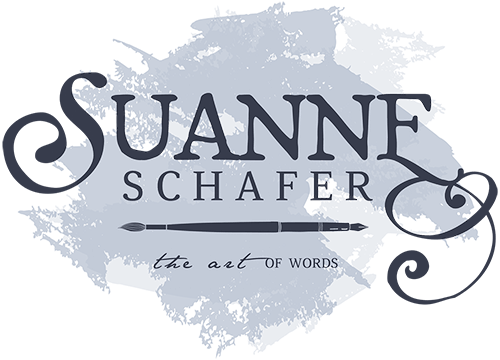In the past few weeks, I’ve been introducing readers to the various characters in my novel, A Different Kind of Fire. The first week I told you about the main characters, Ruby Schmidt, a late 19th century artist; Bismarck Behrens, her childhood beau; Willow Wycke, her dearest friend and lover; and Francesco d’Este, the bad-boy Italian nobleman she falls in love with. The second week, some of the real-life characters and their fictional interactions with Ruby were discussed. Now, some of the fictional minor characters. These images, like all the others in this series, are simply depictions of what these characters look like in my mind, and aren’t necessarily who the pictured folks really are.
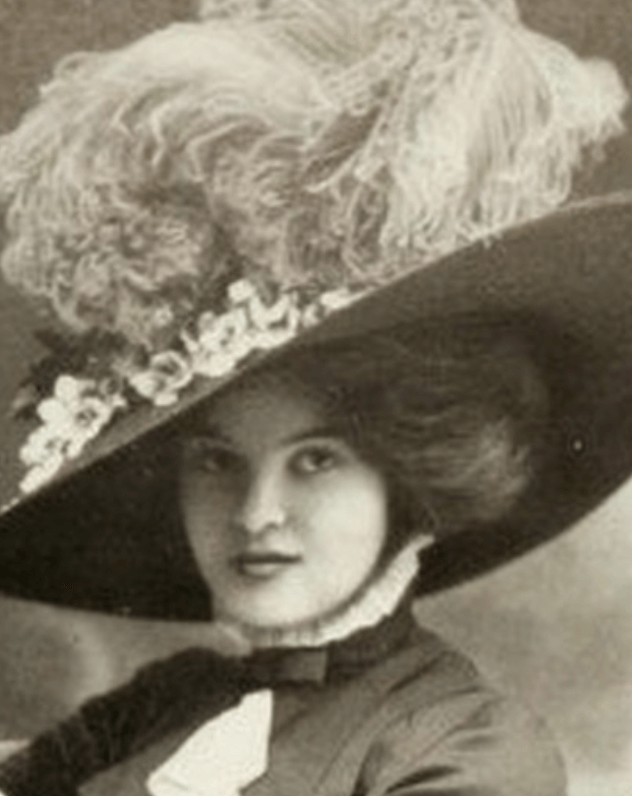
Hortense Hammond is the woman back home in Truly, Texas who has her cap (or giant hats) set on Bismarck. A short, pudgy, gap-toothed blonde with pasty bread-dough skin, she wears “elaborate hats as wide as her broad hips.” Bismarck makes fun of her “war bonnets” as often as her butt. Hortense doesn’t stand a chance with Bismarck, but she’s a reminder to Ruby that Bismarck has other options in life than Ruby herself.
Old Doc Granger and his wife Cornelia care for Ruby and her family. He saw Ruby’s mother through her eleven pregnancies which resulted in only four living children and consoles Ruby as she deals with her own stillbirth. Cornelia nurses Ruby back to health after a head injury, dosing her with laudanum to dull the pain. Years later, when Bismarck is thrown from a horse, Ruby wants the most up-to-date care for her injured husband and says, “Send someone for Doc Granger. The young one, not the old man.”
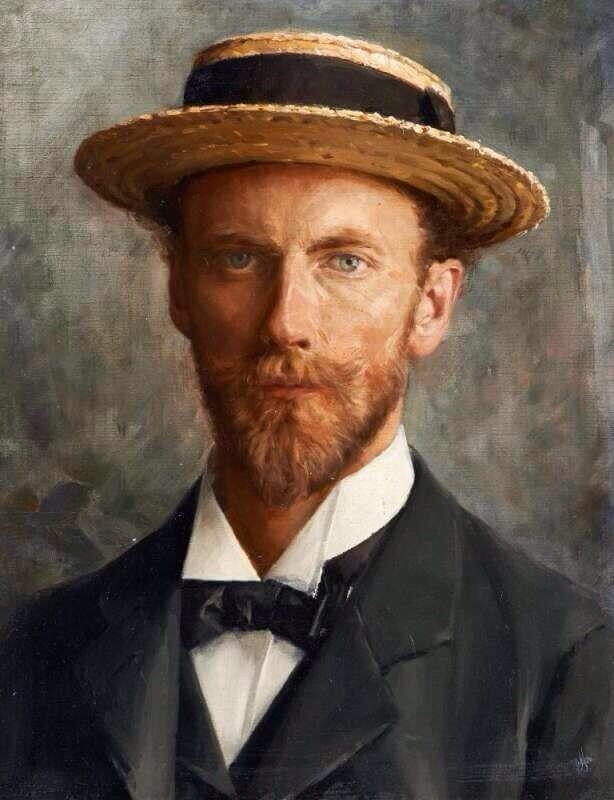
While attending PAFA (the Pennsylvania Academy of the Fine Arts, Ruby and Willow are invited to join two young male artists in renting a fourth-floor walk-up studio above Albion’s, a photography studio on Chestnut Street (which really existed) and wasn’t far from the Academy or the Art Students’ League. These two men are roughly patterned after John Sloan and other members of the Ashcan School who became known as “The Apostles of Ugliness” because of their rebellion against American Impressionism and the works of John Singer Sargent and other well-known society painters. Ashcan School artists were derided for their propensity of painting slums and the seedier side of American life. An art critic writes: “The dark works of Mr. Ira Wheatley and Mr. Frederick Ames are abhorrent to this critic. Prostitutes, drunks, crowded tenements and other prurient subjects are scarcely the appropriate subject matter of true art.”
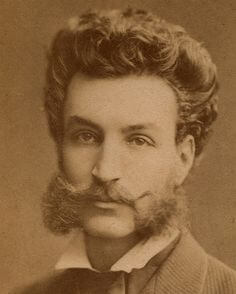
Wheatley tells Ruby, “You paint like a man, Red. Nothing pretty or maudlin for you.” To which she replies, “Damnation, Ira. Only a man would consider those words a compliment. I am a painter—period—not a woman painter … You men think you own the field of painting, and art should be judged solely by male criteria. Unfortunately, most women have been taken in by your arrogance. I have not. Why, simply because I am female, must I paint insipid mothers holding smiling children? Or vases over-filled with flowers? Or brooks babbling before cottages?”

